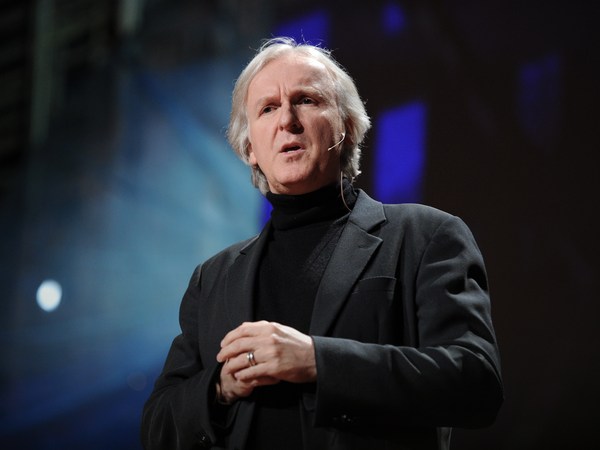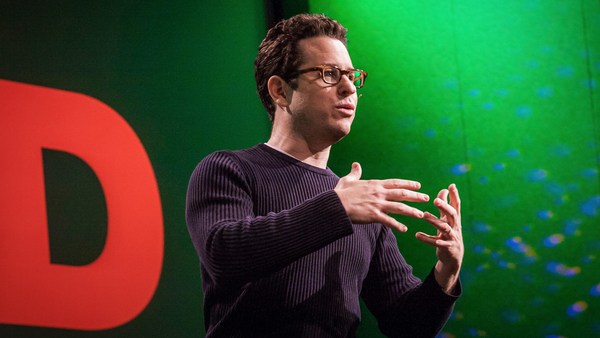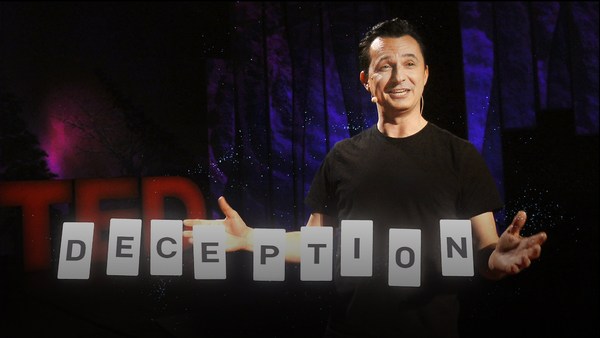The filmmaker Georges Méliès was first a magician. Now movies proved to be the ultimate medium for magic. With complete control of everything the audience can see, moviemakers had developed an arsenal of techniques to further their deceptions.
Motion pictures are themselves an illusion of life, produced by the sequential projection of still frames, and they astonished the Lumière brothers' early audiences. Even today's sophisticated moviegoers still lose themselves to the screen, and filmmakers leverage this separation from reality to great effect. Now imaginative people have been having fun with this for over 400 years. Giambattista della Porta, a Neapolitan scholar in the 16th century, examined and studied the natural world and saw how it could be manipulated. Playing with the world, and our perception of it, really is the essence of visual effects. So digging deeper into this with the Science and Technology Council of the Academy of Motion Picture Arts and Sciences reveals some truth behind the trickery.
Visual effects are based on the principles of all illusions: assumption, things are as we know them; presumption, things will behave as we expect; and context in reality, our knowledge of the world as we know it, such as scale.
Now a fourth factor really becomes an obsession, which is, never betray the illusion. And that last point has made visual effects a constant quest for perfection. So from the hand-cranked jump cut early days of cinema to last Sunday's Oscar winner, what follows are some steps and a few repeats in the evolution of visual effects. I hope you will enjoy.
Isabelle: "The filmmaker Georges Méliès was one of the first to realize that films had the power to capture dreams."
(Music) ["'A Trip to the Moon' (1902)"]
["2011 Restoration of the Original Hand-Tinted Color"]
["'2001: A Space Odyssey' (1968)"]
["Academy Award Winner for Visual Effects"]
["'Avatar' (2009)"] First doctor: How are you feeling, Jake?
Jake: Hey guys. ["Academy Award Winner for Visual Effects"]
Second doctor: Welcome to your new body, Jake.First doctor: Good.
Second doctor: We're gonna take this nice and easy, Jake.First doctor: Well, do you want to sit up? That's fine.
Second doctor: And good, just take it nice and slow, Jake.
Well, no truncal ataxia, that's good.First doctor: You feeling light-headed or dizzy at all? Oh, you're wiggling your toes.
["'Alice's Adventures in Wonderland' (1972)"]
Alice: What's happening to me?
["'Alice in Wonderland' (2010)"]
["Academy Award Nominee for Visual Effects"]
["'The Lost World' (1925)"]
["Stop Motion Animation"]
["'Jurassic Park' (1993)"] [Dinosaur roars]
["CG Animation"]
["Academy Award Winner for Visual Effects"]
["'The Smurfs' (2011)"]
["Autodesk Maya Software - Key Frame Animation"]
["'Rise of the Planet of the Apes' (2011)"]
Chimpanzee: No! ["Academy Award Nominee for Visual Effects"]
["'Metropolis' (1927)"]
(Music)
["'Blade Runner' (1982)"]
["Academy Award Nominee for Visual Effects"]
["'The Rains Came' (1939)"] Rama Safti: Well, it's all over.
Maharaja: Nothing to worry about, not a thing.
['Academy Award for Special Effects - (First Year of Category)"] (Explosion)
["'2012' (2009)"]Governor: It seems to me that the worst is over.
["CG Destruction"]
["'Lord of the Rings: The Return of the King' (2003)"]
["Massive Software - Crowd Generation"]
["Academy Award Winner for Visual Effects"]
["'Ben Hur: A Tale of the Christ' (1925)"]
["Miniatures and Puppets Bring the Crowd to Life"]
["'Gladiator' (2000)"]
["CG Coliseum and Digital Crowds"]
["Academy Award Winner for Visual Effects"]
["'Harry Potter and the Deathly Hallows Part 2' (2011)"]
["Academy Award Nominee for Visual Effects"]
["Produced in conjunction with the Academy's Science and Technology Council."]
(Applause)
["'It is today possible to realize the most impossible and improbable things.' — Georges Méliès"]
Don Levy: Thank you.





